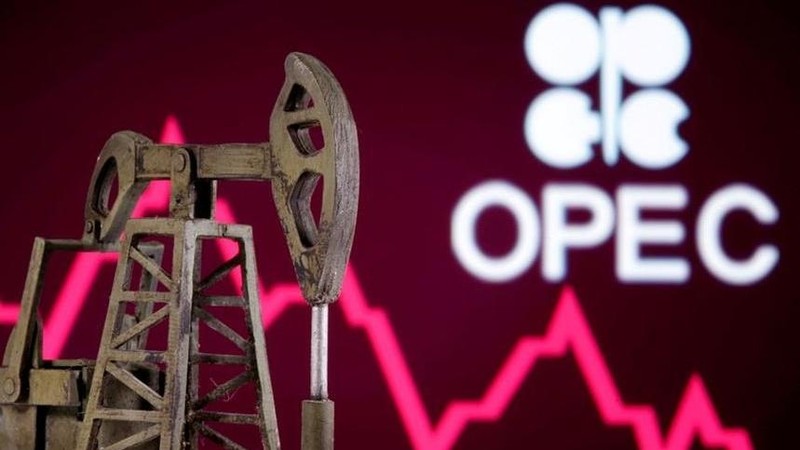The crude oil market has seen mixed signals over the past month. Besides a “glimmer of hope” on increasing oil demand in some places as economies are doing their best to recover, according to OPEC, world oil demand will generally decrease further this year, even than previously forecasted, due to the impact of the pandemic.
According to the International Energy Agency (IEA), the slow post-pandemic economic recovery could delay the full recovery of world energy demand until 2025. There is only limited space left for the market to replenish its crude oil supplies over the next few months.
OPEC+ countries have shown their role in the efforts to stabilize the oil market, which has been hit hard by the pandemic.
In fact, over the past year, producers' efforts have brought about some positive results, such as crude oil prices staying relatively stable while global stocks fell around 2.3 million barrels per day in the third quarter of 2020 and are forecast to fall by about 4.1 million bpd in the final quarter of this year.
Global crude oil supplies fell in September as OPEC+ reached consensus to cut production by 7.7 million bpd, and to stop some exploitation activities in Brazil, Canada, and the North Sea.
The global oil market is forecast to recover more slowly next year, making OPEC+’s price stabilisation efforts more difficult.
The prospect of reducing oil demand and rising supply as oil production activities have resumed in Libya has made OPEC+ likely to make cuts next year and delay the output reduction. According to some sources, OPEC+ may withdraw its plan to increase production from the beginning of next year in case of necessity.
At the recent OPEC+ ministerial monitoring committee (JMMC) meeting, the Energy Minister of Saudi Arabia affirmed that no one should have any doubts about OPEC+’s commitment to stabilising oil markets.
In an effort to balance the market throughout the year, OPEC+ has shown its flexibility to adapt to changes and the group pledged to continue its leading role and responsibility in supporting the market. “Demand recovery is uneven... Today this process has slowed down because of a second coronavirus wave, but has not yet fully reversed,” Russian Energy Minister Alexander Novak told the JMMC.
On that basis, OPEC+ will discuss more carefully the fact that some member countries have not fully complied with the output cut targets. The two oil powers reaffirmed their wish to continue to work closely together to maintain stability in the global energy market.
The slow recovery in oil demand has caused oil giants to consider the scenario of a possible reduction of 10.8 million bpd in oil demand in 2020.
This has a significant impact on efforts to maintain the stability of the oil market, an important factor contributing to the recovery of the global economy. The gloomy prospects of the market are making OPEC+ producers face a difficult problem in terms of maintaining their commitment to balancing supply and demand.
















